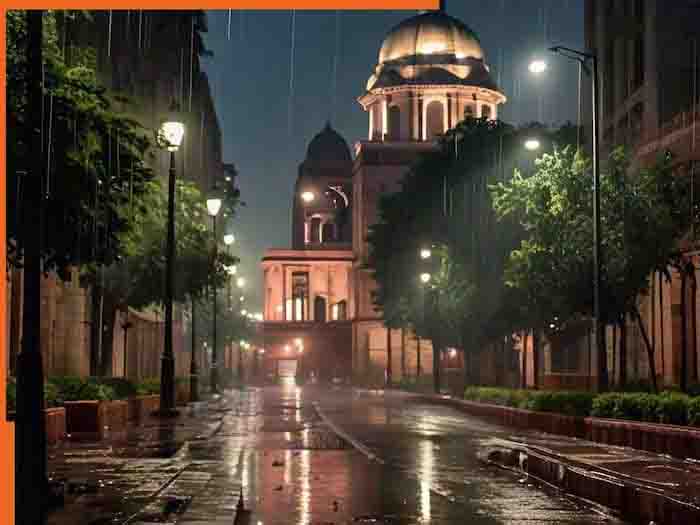
Delhi Air Pollution: It has become difficult for people to breathe in Delhi at this time. People have started falling ill due to air pollution here. The situation has become more serious after Diwali. There was a serious decline in air quality, which strengthened Delhi's position as the most polluted city in the world.
The explosions of firecrackers created noise pollution and covered the capital in a thick smog. On November 1, the morning after Diwali, the Air Quality Index (AQI) reached an average of 360 for particulate matter 2.5 (PM 2.5), which falls in the “very poor” category, based on real-time data from the System of Air Quality.
This is despite pollution-control measures taken over the past fortnight before Diwali. Signs of trouble in Delhi's air quality started appearing from mid-October. Pollution levels are still high despite temperatures not dropping. Low temperatures in winter often keep air pollution close to the ground.
AQI at a dangerous level
For Particulate Matter 10 (PM 10) – small particles of 10 microns size suspended in air, dust,, etc – the normal level should be up to 50. For PM 2.5, less than 35 is considered dangerous over 24 hours. An AQI in the range of 300 is absolutely dangerous.
This initial bad air in Delhi raises the question of whether pollution around Diwali is caused only by firecrackers or whether there are many other reasons. When India Today spoke to some RWAs in Dwarka, Kalkaji, Mayur Vihar, and Rajendra Nagar, they claimed that the use of firecrackers is less this year compared to the last few years. But the AQI figures after Diwali tell a different story. Delhi's air has started getting polluted even without firecrackers. Firecrackers are not the only reason behind polluting the air.
--Advertisement--

 Share
Share






